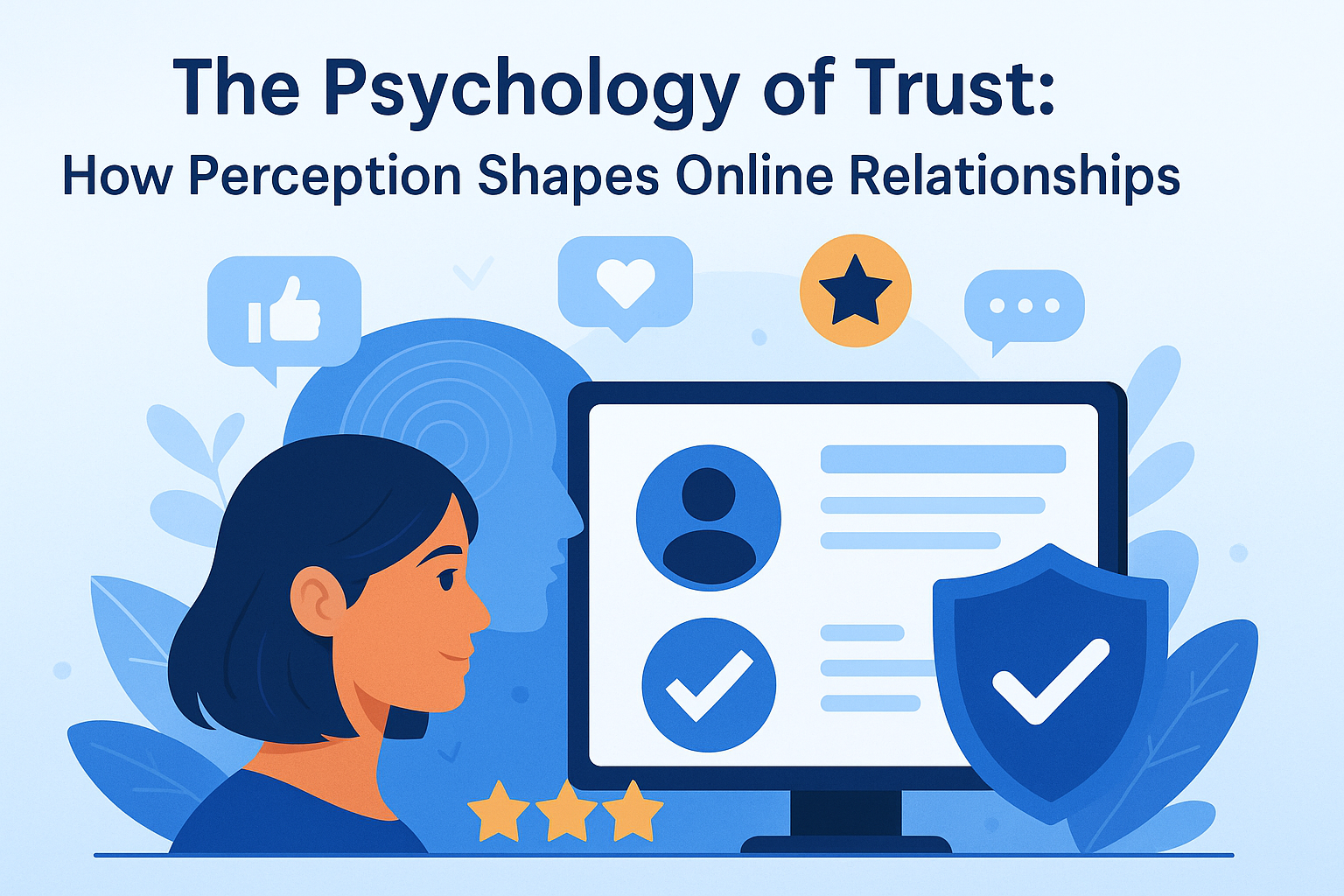
The Ultimate Guide to Understanding Your Global Risk Score
Published: July 2025
In today's increasingly digital world, your Global Risk Score is more important than ever. Whether you are applying for a loan, conducting business online, or managing your personal reputation, this score can determine how others perceive your trustworthiness.
What Is a Global Risk Score?
A Global Risk Score is a numerical representation of your overall risk profile. It aggregates data from multiple sources—credit history, digital footprint, identity verification, and transactional patterns—to assess the likelihood of fraud, credit default, or other liabilities.
For example, financial institutions might use this score to approve a mortgage, while e-commerce platforms can rely on it to detect suspicious transactions.
Why Does Your Score Matter?
Your Global Risk Score shapes your financial and digital reputation. A low score signals trustworthiness, leading to better opportunities and lower costs. Conversely, a high score could mean higher interest rates, restricted access to services, or reputational damage.
- Credit Approval: Lenders assess repayment risk.
- Insurance Premiums: Insurers adjust pricing based on perceived risk.
- Business Transactions: Partners and vendors gauge your credibility.
- Fraud Prevention: Platforms use your score to flag suspicious behaviour.
How Is It Calculated?
While providers have proprietary formulas, most use AI algorithms to analyse your credit data, digital behaviour, identity consistency, and transaction patterns.
Credit Data
Your borrowing history is key. For instance, consistently paying bills on time improves your score, while defaults lower it. A study by Experian showed that setting up direct debits increased scores by an average of 20 points in a year.
Digital Behaviour
Online activity—like frequent password resets or logging in from multiple countries—can indicate higher risk. One e-commerce company flagged a user accessing their account from five countries in a week, prompting an investigation.
Identity Consistency
Your personal information must match across platforms. Discrepancies can lead to a lower score.
Transaction Monitoring
Consistent spending habits help build trust. Unusual spikes or patterns may temporarily impact your score.
Real-World Example
Sarah, who runs an online boutique, applied for a business credit line. Thanks to her strong financial record and verified identity, she was classified as low-risk, securing funding with favourable terms. This case shows how a healthy risk profile creates opportunities.
Common Misconceptions
- Myth: "I can’t control my risk score."
Reality: You can improve it by managing credit responsibly and verifying your identity. - Myth: "Only banks use risk scores."
Reality: E-commerce platforms, insurers, and employers often consider them. - Myth: "One mistake ruins everything."
Reality: Consistent good habits offset past issues.
How to Improve Your Score
- Keep your information consistent everywhere.
- Pay bills on time with reminders or direct debit.
- Secure your accounts with strong passwords.
- Limit new credit applications.
- Review your reports and dispute inaccuracies.
Case Study: Digital Behaviour Matters
A fintech company found that users who enabled two-factor authentication were 40% less likely to be flagged as high-risk, proving that secure habits impact your score.
The Future of Global Risk Scores
As AI evolves, risk scores will incorporate real-time analytics, blockchain verification, and biometrics. Staying proactive is the best way to maintain a strong profile.
"Your Global Risk Score is not just a number – it’s a reflection of your digital and financial trustworthiness."
📣 Ready to check your Global Risk Score?
Book a consultation with our risk assessment team today.